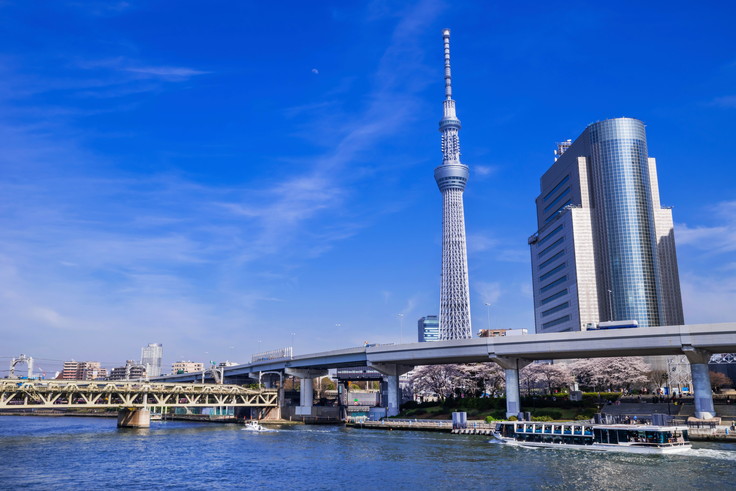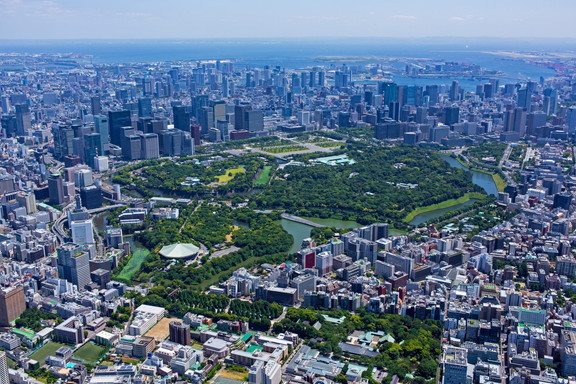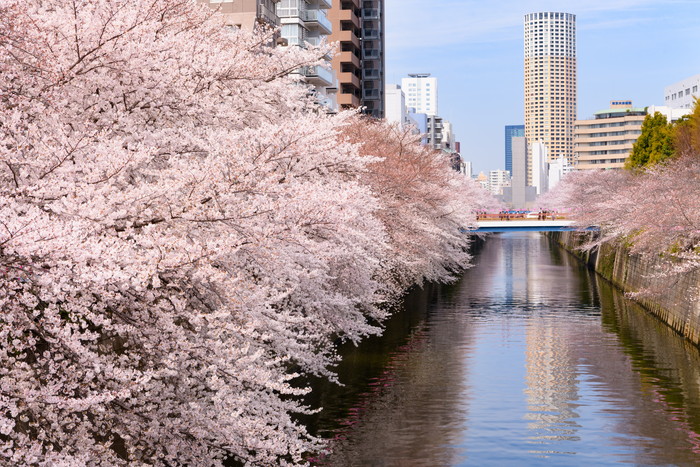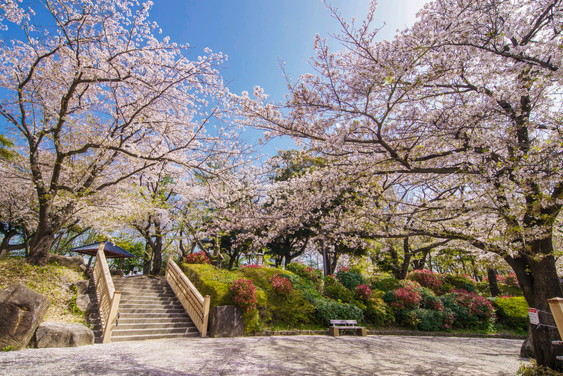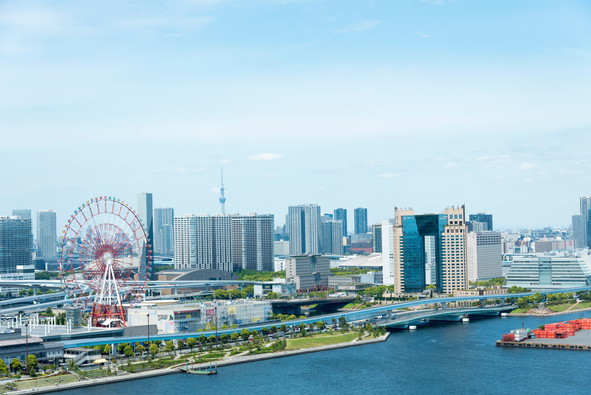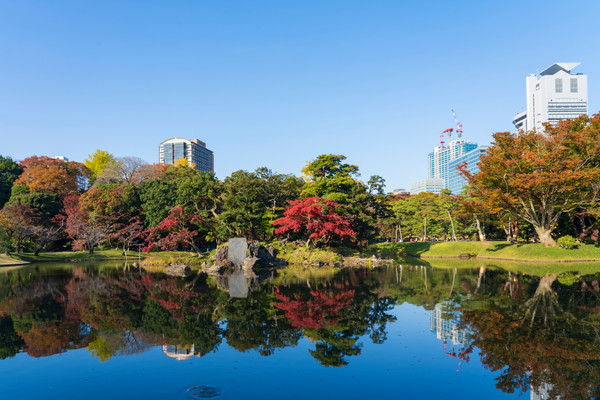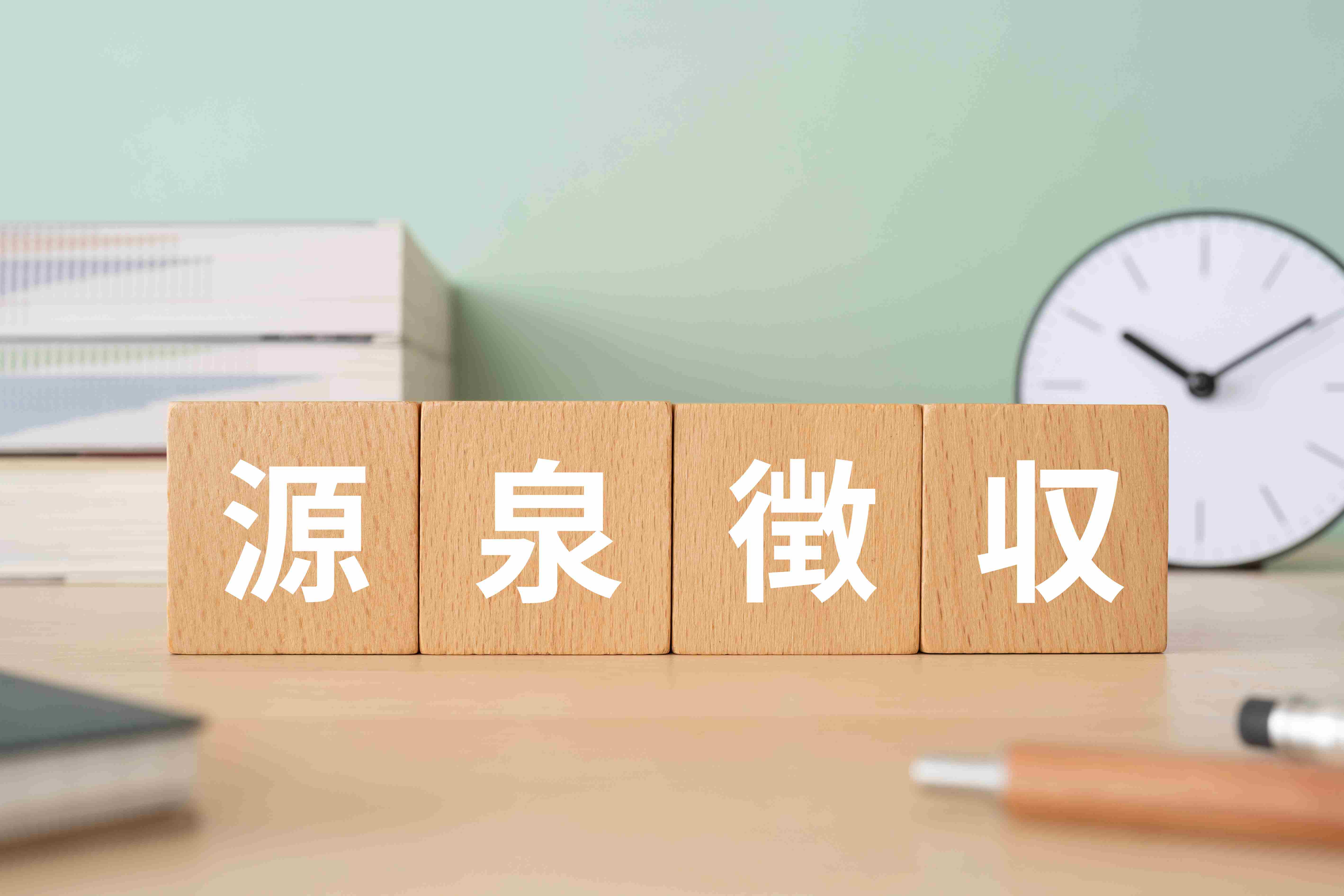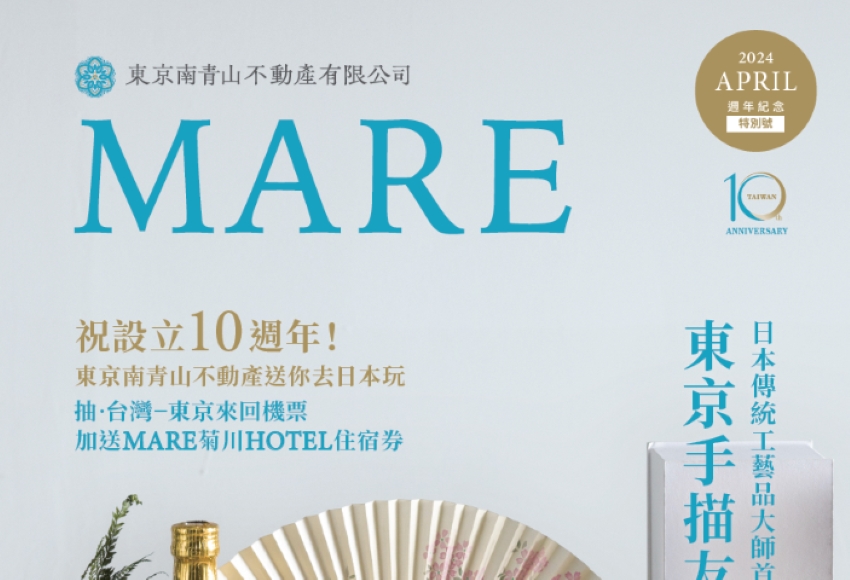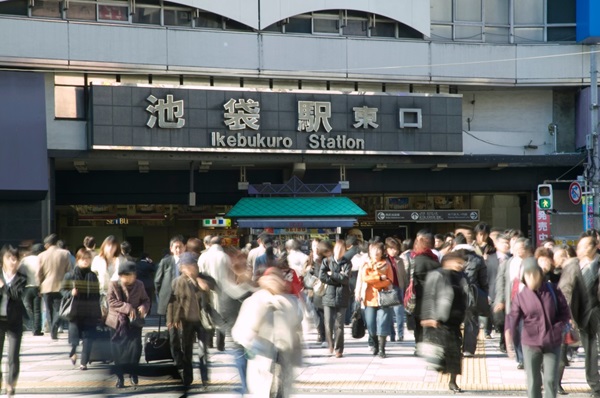This area, comprising seven of Tokyo's 23 wards - Adachi, Arakawa, Taito, Sumida, Koto, Katsushika and Edogawa - is known as the 'Joto (castle east)Area' because it is located to the east of the former Edo Castle (now the Imperial Palace). This area, which developed as a merchant town in the Edo period (1603-1867), has retained the 'downtown feel' of those days, and is developing further in co-existence with modern redevelopment projects.
Adachi Ward
Adachi Ward has a rich natural environment, including the Arakawa River, waterfronts and parks. Adachi Ward was once an old inn town (a post town), but with the opening and development of railways, the population grew and it is now a popular residential area, with five terminal stations - JR Joban Line, Tokyo Metro Chiyoda and Hibiya Lines, Tobu Isesaki Line and Tsukuba Express - and Kitasenju, where redevelopment and universities are being actively attracted. The area is full of vitality, with active redevelopment and the attraction of universities.
Arakawa Ward
Arakawa Ward is home to a number of large apartment buildings, including Minami Senju, which is undergoing redevelopment to the extent that it is said to be the largest of its kind in Tokyo. While there is a noticeable influx of families, the area is also characterised by the presence of good old townscapes, such as town factories, and a large number of traditional residents. It is one of the areas in Tokyo where you can strongly feel the unique downtown atmosphere.
Taito Ward
Taito Ward is well recognised by foreign tourists as the gateway to eastern Japan, with the Shinkansen (bullet train) station in Ueno and Asakusa, a popular sightseeing spot. The area has also become a commercial center for tourism and transport, and has many historical sites where you can enjoy not only the exhibits but also the architectural style of the buildings themselves, such as the Tokyo National Museum, the National Museum of Western Art and the former Iwasaki Residence, where you can feel the history and culture. This is an area where urbanity and a downtown feel coexist.
Sumida Ward
Sumida Ward has good old townscapes such as Ryogoku, Kyoshima and Mukojima, and a downtown atmosphere throughout the area. While the area retains a strong sense of history and culture centered on the Edo period, it is an area where tradition and innovation coexist and continue to develop, as evidenced by the recent redevelopment of the area following the opening of the Tokyo Sky Tree.
Koto Ward
Koto-ku is also known as the 'Water-Coloured City' due to its location on Tokyo Bay and its many rivers and canals. The area was reclaimed during the Edo period (1603-1867) and has since developed into Fukagawa and Kameido, both of which have a strong downtown culture and are full of warmth. The waterfront area, which has seen remarkable development and growth, is lined with tall buildings and high-rise condominiums, and was the venue for the Tokyo 2020 Olympic Games, attracting attention from all over the world.
Katsushika Ward
Katsushika Ward is the setting for films such as Otoko wa Tsuraiyo (It's tough being a man) and Kochira Katsushika-ku Kameari Koen-mae Hashutsujo (This is the Police Station in Front of Kameari Park in Katsushika Ward), which show the humanity of downtown Tokyo. Shibamata, the setting of the aforementioned Otoko wa Tsuraiyo, was the first place in Tokyo to be selected as an Important Cultural Landscape, and Horikirishobuen was selected as one of the 100 most scenic spots in Edo during the Edo period.
Edogawa Ward
"Edogawa Ward has continued to develop since the Edo period as a town for the common people. The municipality's generous support for child rearing has attracted a large influx of young families, and the area is still loved by residents as a good residential area to live in. The number of large parks, such as Kasai Rinkai Park, and the fact that Tokyo Disney Resort is just across the river are also great points for the child-rearing generation.
Nishi-Kasai also has the largest number of Indians living in Japan, and is an area that is slowly growing as Little India."


